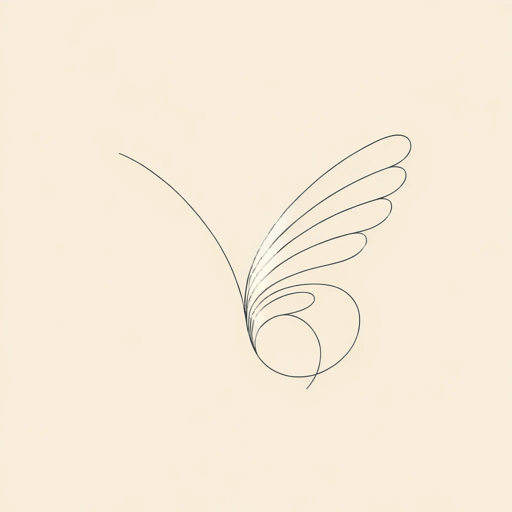21 pages • 42 minutes read
Virginia WoolfThe Death of the Moth
Fiction | Essay / Speech | Adult | Published in 1942A modern alternative to SparkNotes and CliffsNotes, SuperSummary offers high-quality Study Guides with detailed chapter summaries and analysis of major themes, characters, and more.
Essay Analysis
Analysis: “The Death of the Moth”
Much of the essay’s power is grounded in Virginia Woolf’s ability to focus on the miniature and portray it with tragic pathos. Woolf frequently shifts her tone, but remains in a state of utter fascination—freely exploring the scene before her and magnifying the day moth so dramatically that its life expands into commentary on the human condition. She opens with a formal tone as if she were a natural scientist seeking to define the day moth, but quickly shifts into poetic metaphor. She decides that day moths are “hybrid” because they are neither happy “like butterflies” nor “somber” like night moths (Paragraph 1). With this sentiment alone, Woolf frames the moth as something to be pitied, something not naturally enticing the way other creatures are; it lacks distinctive qualities associated with beauty or pleasure. It is a forgettable creature “content with life”—this sentiment setting the emotional tone for the rest of the essay (Paragraph 1).
Woolf addresses the world around her from a grand scope. She frames the scene within her window by extending from herself and then observing what is nearest to her: the moth.
Related Titles
By Virginia Woolf

A Haunted House
Virginia Woolf

A Haunted House and Other Short Stories
Virginia Woolf

A Room of One's Own
Virginia Woolf

Between The Acts
Virginia Woolf
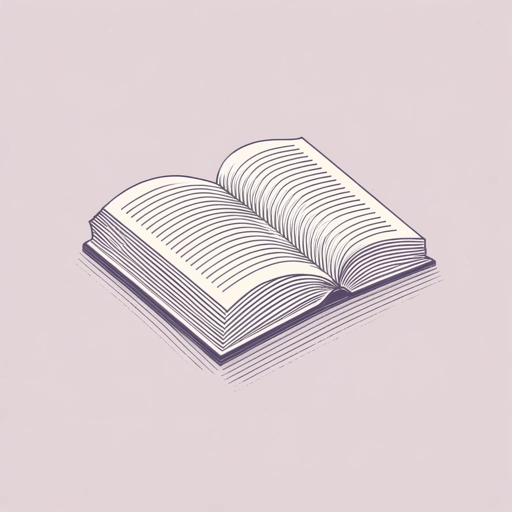
How Should One Read a Book?
Virginia Woolf

Jacob's Room
Virginia Woolf
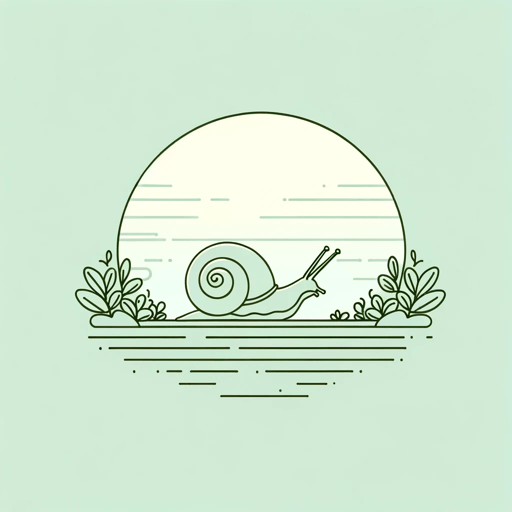
Kew Gardens
Virginia Woolf

Modern Fiction
Virginia Woolf

Moments of Being
Virginia Woolf
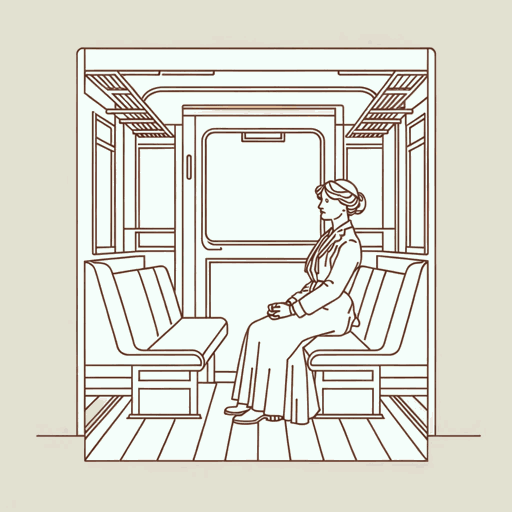
Mr. Bennett and Mrs. Brown
Virginia Woolf
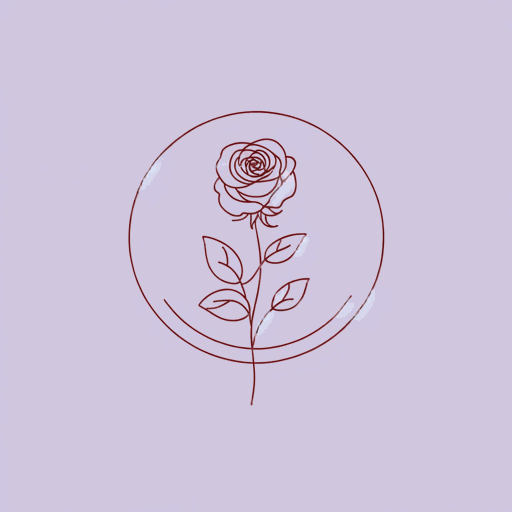
Mrs. Dalloway
Virginia Woolf
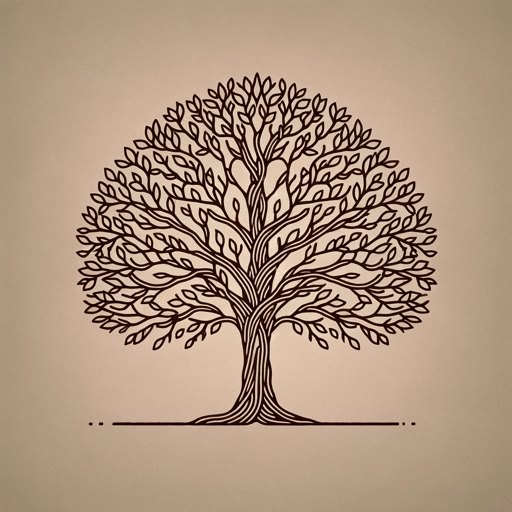
Orlando
Virginia Woolf

The Duchess and the Jeweller
Virginia Woolf
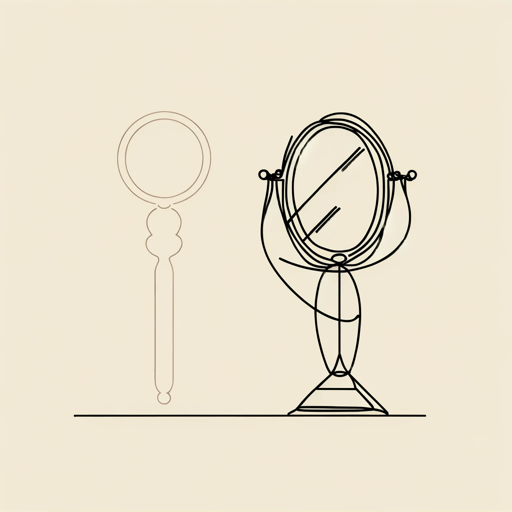
The Lady in the Looking Glass
Virginia Woolf
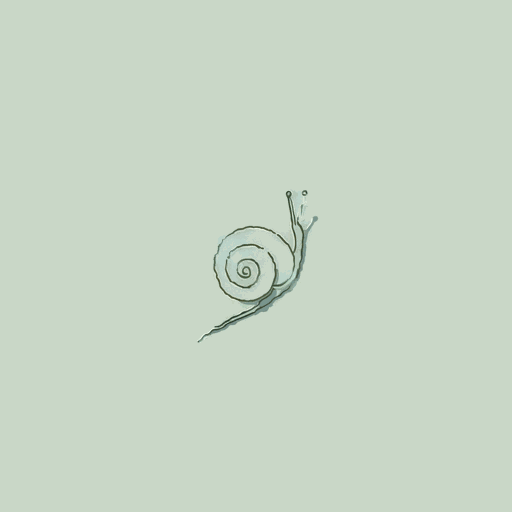
The Mark on the Wall
Virginia Woolf
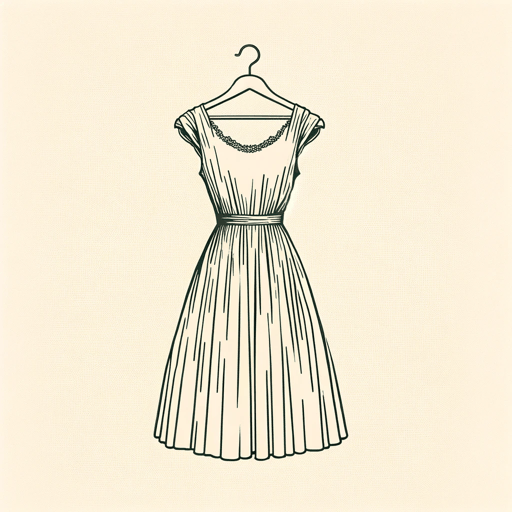
The New Dress
Virginia Woolf

The Voyage Out
Virginia Woolf
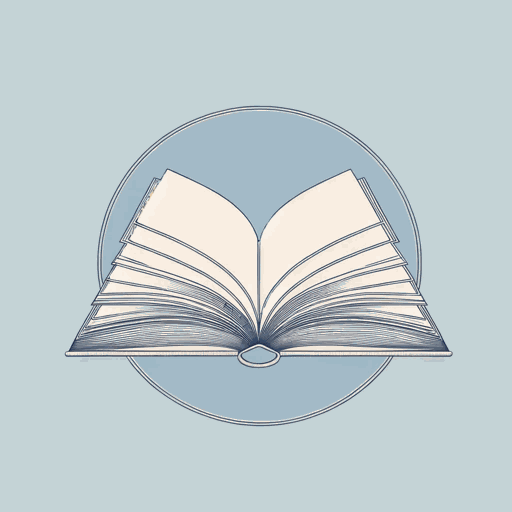
The Waves
Virginia Woolf
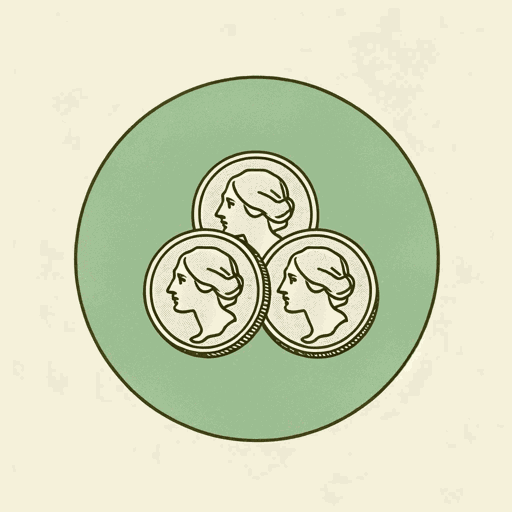
Three Guineas
Virginia Woolf

To the Lighthouse
Virginia Woolf
